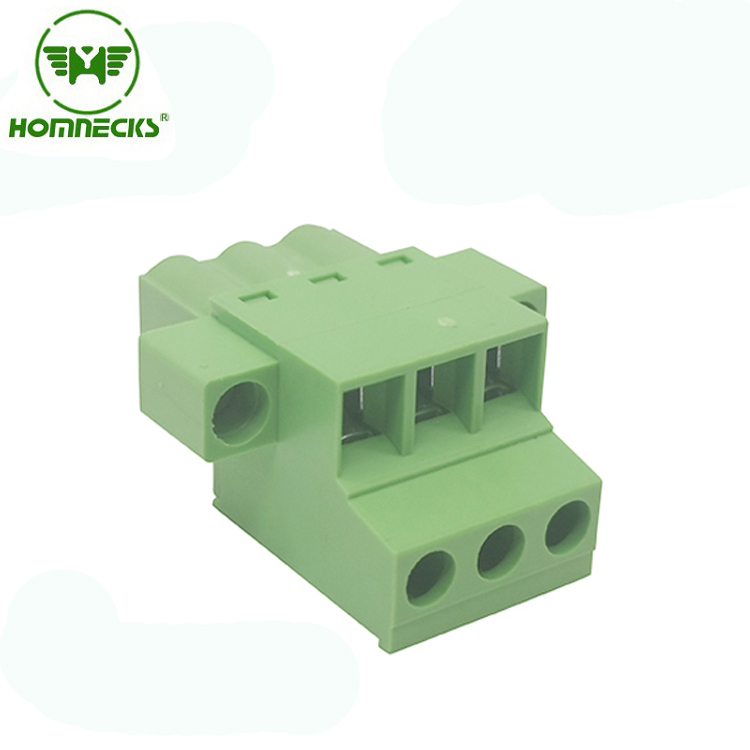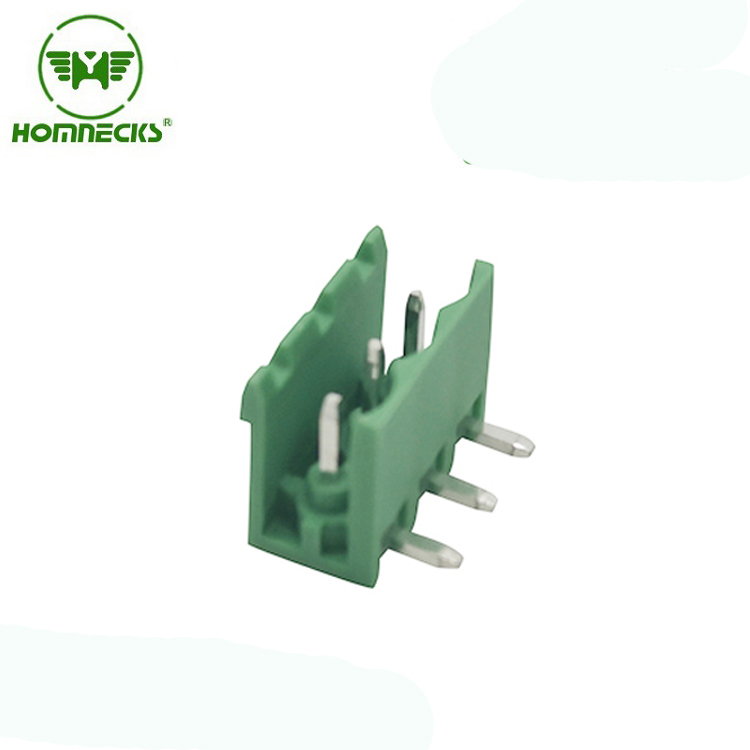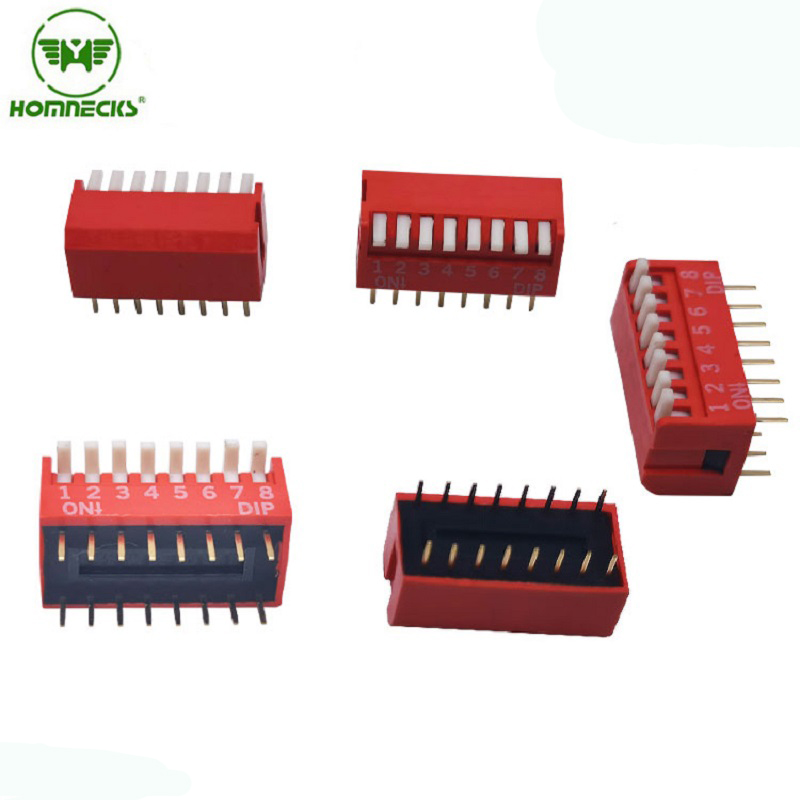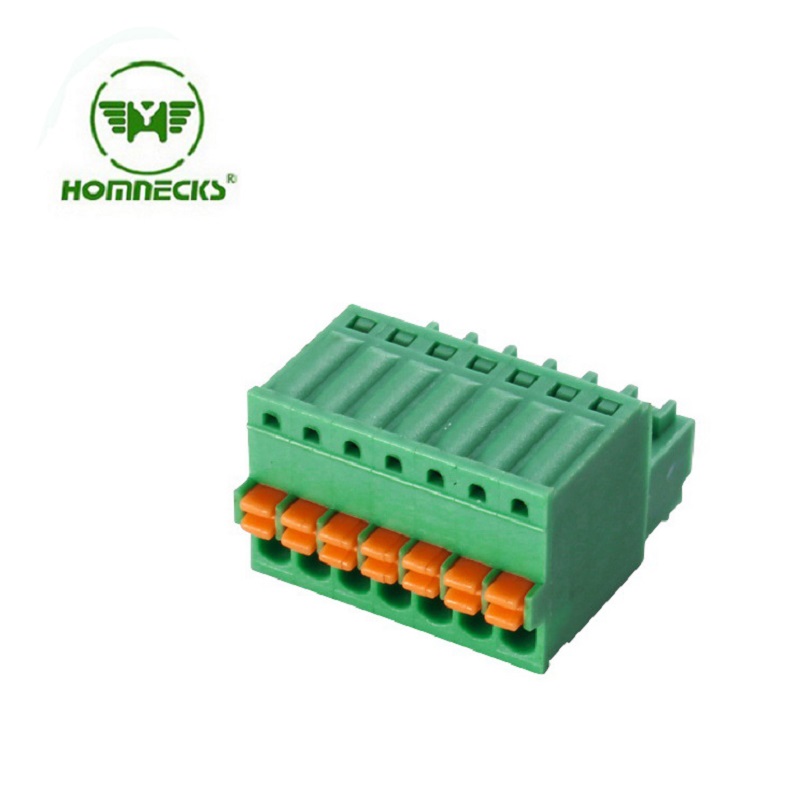What are pluggable terminal blocks?
Aug 07, 2024
This terminal block is primarily comprised of a male header and a female socket, allowing for easy and secure connection of wires and cables.One of the key features of our Pluggable Terminal Block is its versatility in terms of spacing options. We offer a variety of standard spacing options, including 3.5mm, 3.81mm, 5.0mm, 5.08mm, 7.5mm, and 7.62mm. This allows for greater flexibility in designing and customizing your electrical connections.Pluggable Terminal Block is an electrical connection device specially designed for easy connection and removal of wires. They are usually made of insulating materials and have a pluggable wire connection function, which is used to safely connect wires to circuit boards or other electronic devices.
Pluggable terminal blocks have the following main features and advantages:
1. Plug-in connection: Pluggable terminal blocks allow users to easily insert and remove wires. They usually have a spring-type or screw-type wire connection mechanism, making the connection and removal process simpler and faster. In this way, when maintenance, replacement or repair is required, the wire can be easily removed and replaced without intervening in the entire circuit or equipment.
2. Flexibility and adjustability: Pluggable terminal blocks provide flexible wire connection methods. They usually have adjustable sockets or wiring screws that can be adjusted according to wire size or demand, suitable for wire connections of different specifications.
3. Maintenance and troubleshooting: Pluggable terminal blocks play an important role in the maintenance and troubleshooting process. Through plug-in connection, it is more convenient to check, replace or repair wires without disassembling a large number of circuit boards or equipment.
4. Identification and management: Pluggable terminal blocks usually have an identification area for marking the wires or circuits connected to each terminal block. This helps to identify and manage the connections of the circuits and improve the efficiency of maintenance and troubleshooting.
5. Reliability and safety: Pluggable terminal blocks provide reliable electrical connections and have good insulation properties. They ensure the stability and safety of the wires during the connection process, reducing the risk of wiring errors and circuit failures.
In short, pluggable terminal blocks provide a convenient, flexible and fast way to connect and remove wires. They are suitable for a variety of electronic devices and circuit boards, and provide convenience and reliability during maintenance, replacement and troubleshooting.
Our Pluggable Terminal Block is designed to be user-friendly and durable, ensuring a reliable and long-lasting connection for your applications. The easy plug-and-play design makes installation and maintenance a breeze, saving you time and effort.Whether you are working on a large-scale industrial project or a small-scale DIY project, our Pluggable Terminal Block is the ideal solution for your wiring needs.
Read More



